The ATLAS is FOCUS’ first gravel bike and is offered in four different builds, all with an aluminium frame and carbon fork. With the ATLAS 6.8, priced at € 1,999, we tested the second most expensive model for you. Find out how this gravel bike, with its 2x drivetrain, performed out in the real world.
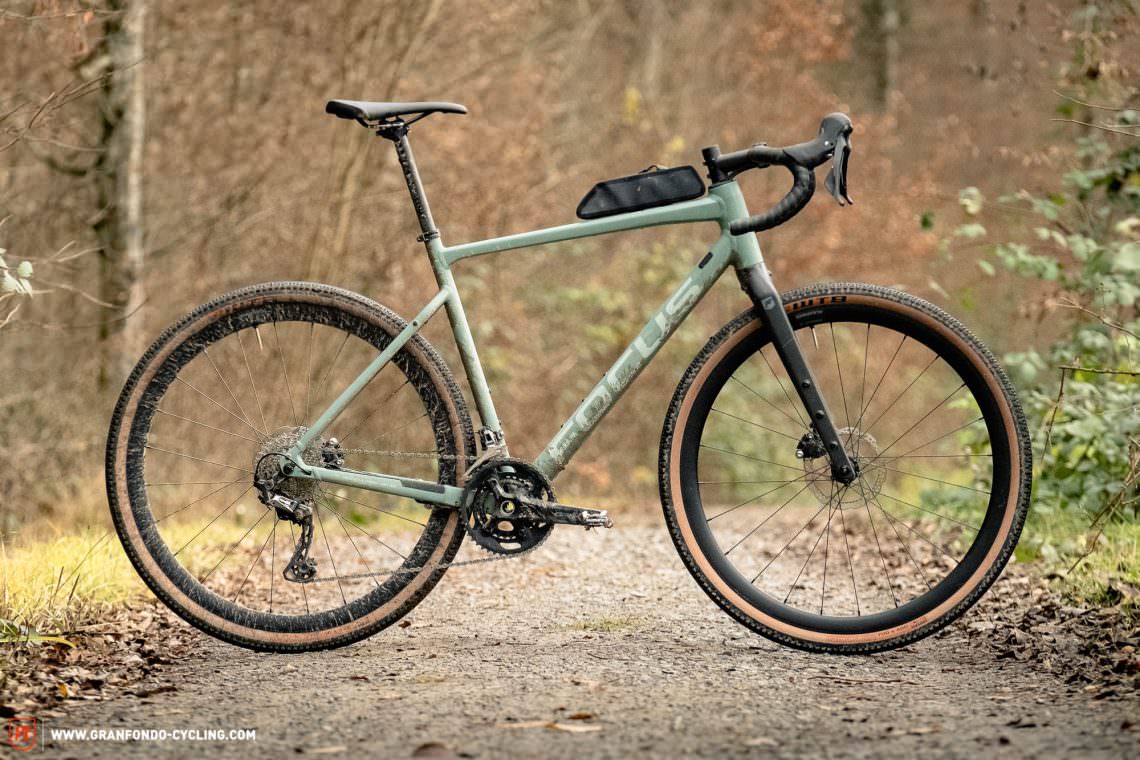
“Made to lose” – this seemingly strange slogan is FOCUS’ celebration of the first gravel bike in the company’s history. But what are we losing? Our gravel virginity? The German brand is a little late to the party for that. No, the FOCUS ATLAS is about helping us lose the stresses that accompany us 24 hours a day. Clear your head and start fresh. Lose track of time and concentrate on what’s important in life. We’re more than happy to lose kilos of ballast and litres of worry and fear in the process. A bike to help you lose – and win at the same time. To win new energy, steadfastness and balance. Is that possible? Can a gravel bike keep such big promises? You can find the answers in our test.
The FOCUS ATLAS in detail
A first glance at the FOCUS ATLAS makes it clear that this bike is fond of travelling! It is furnished with copious mounts for a bag on the top tube, two bottle cages in the main triangle, a toolbox on the downtube, three bosses on each fork leg for bottles or luggage (3 kg max. load each side) and further eyelets for racks and mudguards. As such, it’s not particularly surprising that the manufacturer also offers the ATLAS in a commuter build. That aside, the choice of hub width is conspicuous. FOCUS rely on the Road Boost standard with a 12 x 110 mm axle up front and 12 x 148 mm at the rear. This is claimed to result in increased strength and more even spoke tensions. However, it also limits aftermarket wheelset options, with most gravel wheels built on narrower hubs. Regarding tire clearances, the frameset offers space for rubber up to 700 x 47C.
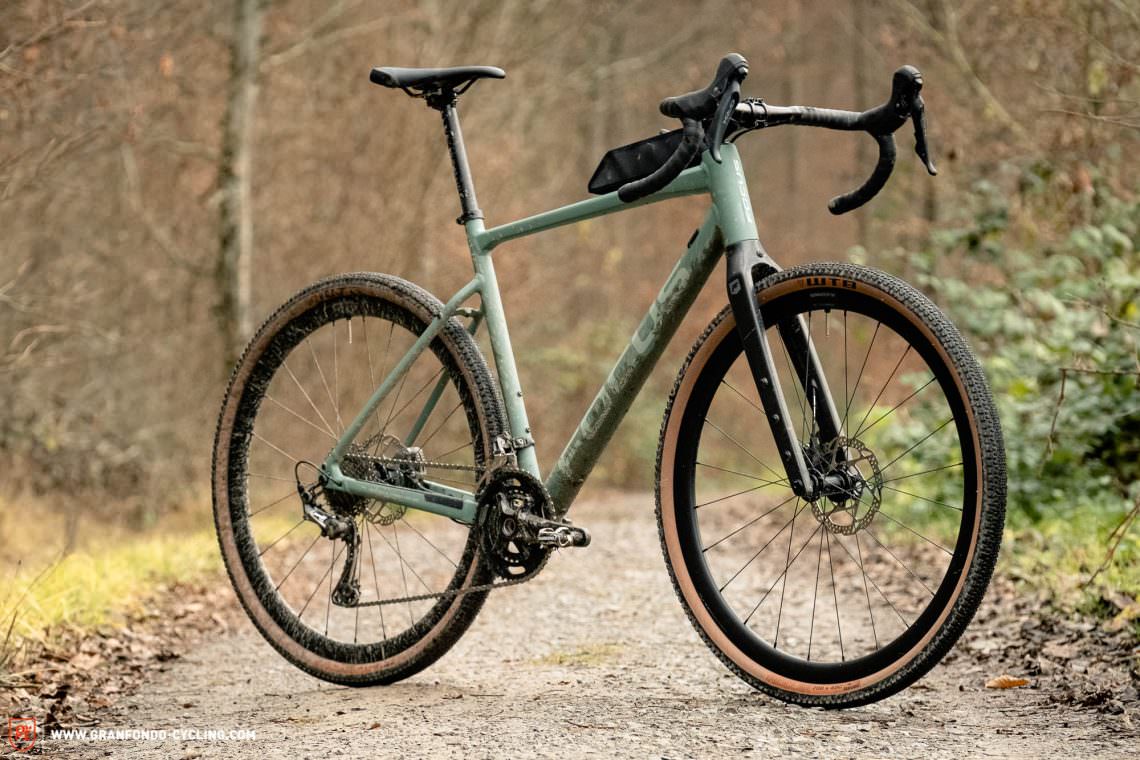

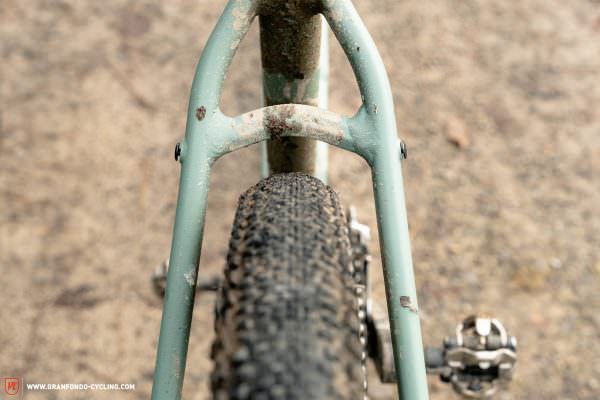
The FOCUS ATLAS is available in four builds which cover a wide range of uses and target audiences. The lineup starts with the ATLAS 6.7 for € 1,999, with a Shimano GRX RX400 2×10 drivetrain – more than suitable for your entry into the gravel world! The ATLAS 6.7 EQP is the € 200 more expensive commuter version of the 6.7 and comes with a dynamo hub, light system, racks, mudguards, a side stand and narrower tires. It’s definitely an interesting and budget-conscious option for anyone looking for an all-weather commuter. Our test bike, the ATLAS 6.8, costs € 1,999 and comes fitted with a Shimano GRX RX600 2×11 drivetrain and higher-end wheels. The ATLAS range is rounded out by the 6.9 for € 2,499, fitted with a Shimano GRX RX810 1×11 drivetrain, a carbon seatpost and DT Swiss wheels. For the tires, FOCUS rely on WTB’s all-rounder, the Riddler TSC, which has previously taken a place on the starting line of our gravel tire group test.
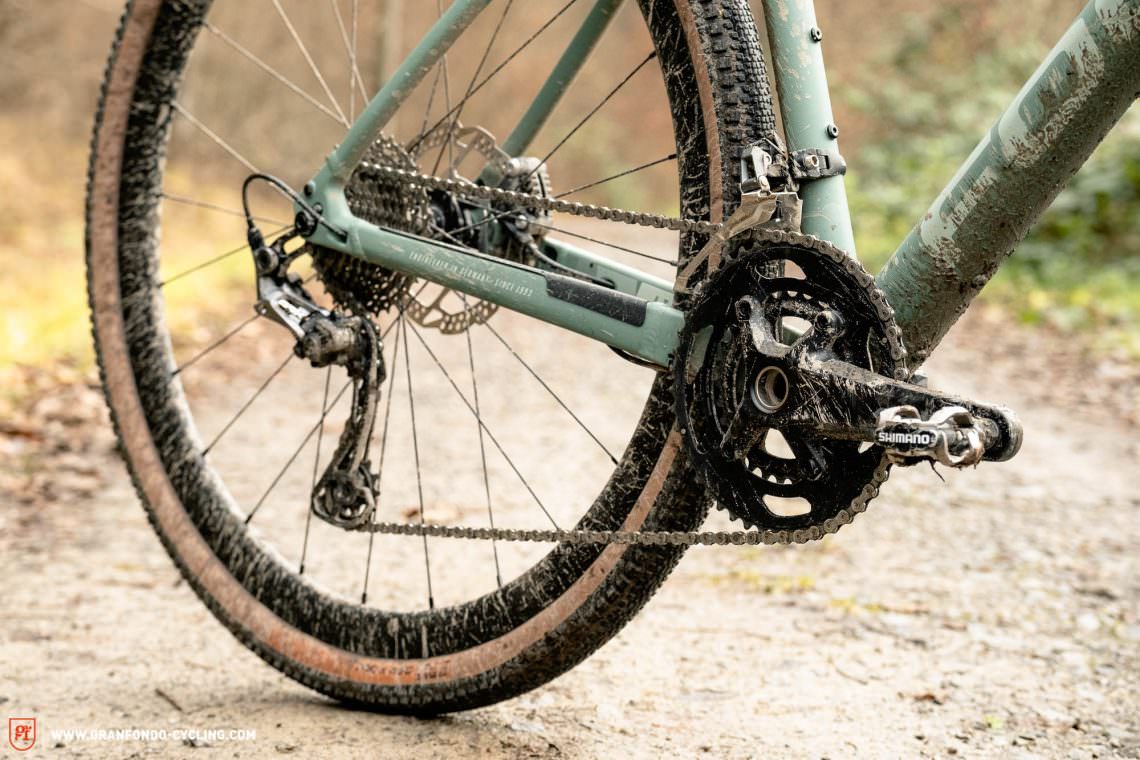
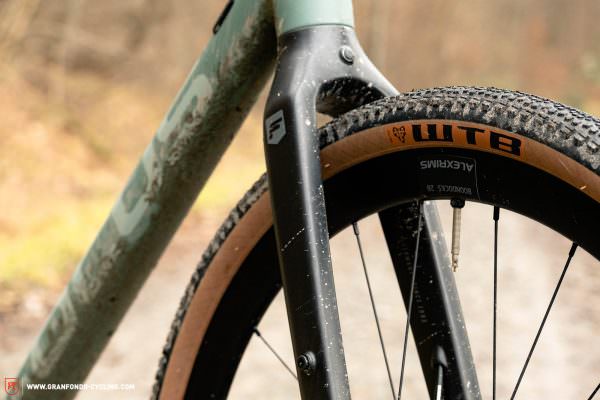
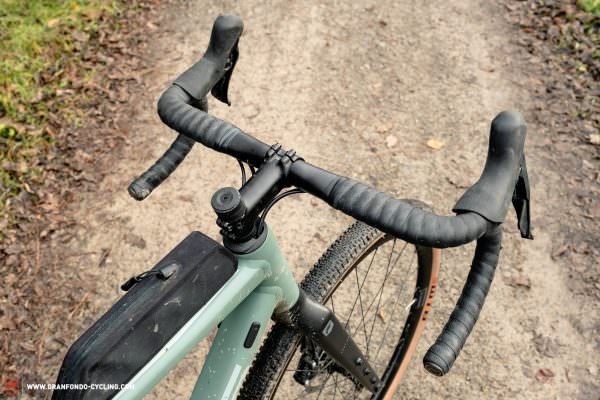
The components of the FOCUS ATLAS 6.8
Drivetrain Shimano GRX RX600, 2×11, 46/30 t
Cassette Shimano 105, 10–34 t
Brakes SRAM GRX RX600, 160/160 mm
Wheelset Alexrims (Novatec 25 Elite on production bikes)
Tires WTB Riddler TSC 700 x 45C
Seatpost FOCUS aluminium, 0 mm offset
Handlebar FOCUS aluminium, 440 mm
Stem FOCUS aluminium, 90 mm
Weight 10.56 kg (size L)
Price € 1,999
Available immediately
Geometry of the FOCUS ATLAS
The FOCUS ATLAS doesn’t just look massive, it is a truly large gravel bike! With a wheelbase of 1,072 mm on our size L test bike, it’s one of the longest bikes we’ve ever ridden. Does that mean it’s happiest staying in a straight line on the flats or can it take the switchbacks on your local trails in its stride too?
| Size | XS | s | M | L | XL |
|---|---|---|---|---|---|
| Seat tube | 450 mm | 490 mm | 520 mm | 550 mm | 590 mm |
| Top tube | 484mm | 509 mm | 532 mm | 556 mm | 577 mm |
| Head tube | 114mm | 129 mm | 144 mm | 164 mm | 194 mm |
| Head angle | 70.5° | 70.5° | 70.5° | 70.5° | 70.5° |
| Seat angle | 74° | 73.5° | 73.5° | 73.5° | 73.5° |
| Chainstays | 425 mm | 425 mm | 425 mm | 425 mm | 425 mm |
| BB Drop | 75 mm | 75 mm | 75 mm | 75 mm | 75 mm |
| Wheelbase | 1015 mm | 1030 mm | 1051 mm | 1072 mm | 1092 mm |
| Reach | 370 mm | 380 mm | 395 mm | 410 mm | 420 mm |
| Stack | 568 mm | 582 mm | 596 mm | 615 mm | 643 mm |
The FOCUS ATLAS 6.8 on test
In its light-green garb, the ATLAS slips inconspicuously into the wintery forest around Stuttgart. Thanks to the C.I.S cockpit (Cockpit Integrated Solution), cables are routed neatly, straight from the bars into the head tube and then through the frame. Smaller details like the transition from the chainstays to the bottom bracket are also well-executed.
Of course, in terms of acceleration, you shouldn’t expect too much from a 10 kg bike. As a result of its comparatively high overall weight, the ATLAS gravel bike is missing some sprightliness and light footedness when accelerating from a standstill. Nonetheless, the bike shines with its direct power transfer, no doubt helped by the stiff aluminium frame. Once it’s up to speed, the FOCUS convinces with its high efficiency and willingness to blast through fields and forests at a constant speed, regardless of the terrain. The FOCUS ATLAS isn’t a Ferrari F40 which leaves you wowed by its breathtaking acceleration and top speed on the flats. Instead, it’s more akin to a trustworthy 2 L diesel engine that’s reliably done its duty over more than 400,000 km, eating up kilometre after kilometre while sipping fuel frugally. Expected mileage? Probably limitless.

Turn off paved paths onto the next flow trail and the ATLAS has to suppress its grin. Here the motto is, “The faster, the better!” With stoic stability, the FOCUS conveys a sense of security and trust, with the long wheelbase and slack 70.5° contributing positively. On the other hand, switchbacks aren’t this bike’s favourite type of corner and despite the modern 425 mm short chainstays, the bike is lacking manoeuvrability and agility. Instead, it prefers to carve long gravel corners where the WTB Riddler tires (read review here) can play to their strengths with lots of traction in every situation.
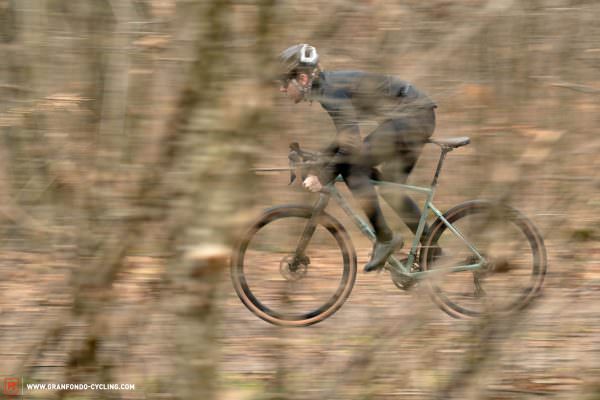
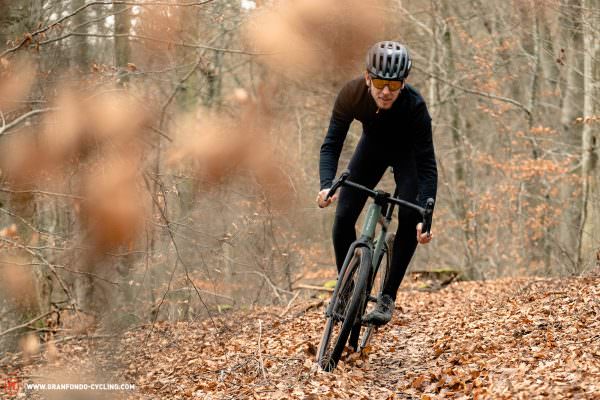
When it comes to comfort, you might have to lower your expectations. Smaller vibrations are completely swallowed up by the wide 700 x 45C WTB Riddler tires, making long rides on gravel tracks and poor asphalt effortless. However, for larger impacts from rocks, roots or holes, the FOCUS is lacking compliance compared to its carbon competitors. Nonetheless, the good news is that there’s still a lot of upgrade potential and for a gravel bike with an aluminium frame and carbon fork, the ATLAS in no way has to be ashamed of the comfort it delivers. Both the aluminium bar and the standard, 27.2 mm, zero-offset aluminium seatpost can quickly and easily be changed for carbon parts that offer more compliance. Likewise, components such as the Cane Creek eeSilk seatpost (read review here) or the Redshift ShockStop stem (read review here) could improve long-distance comfort significantly.
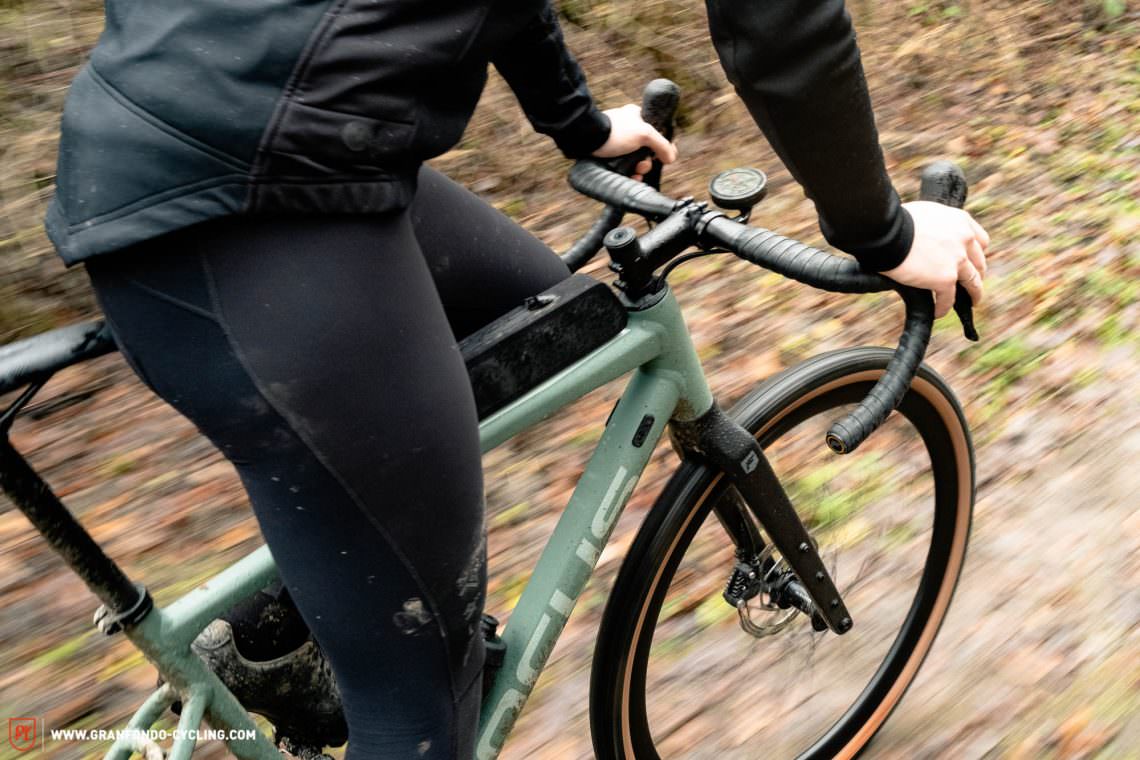
FOCUS ATLAS 6.8 conclusion
The FOCUS gravel bike feels purpose-built for long tours, bikepacking adventures or daily commuting and shines with its excellent efficiency. If you’re looking for a spritely and manoeuvrable gravel bike, you should look at other options. Instead, with the FOCUS ATLAS 6.8, you get a versatile and carefree gravel package that stands out for its stability, finishing-quality and good vibration damping, all at the fair price of € 1,999.
Tops
- numerous mounts enhance everyday practicality
- high stability
- solid vibration damping
- high efficiency
Flops
- limited comfort in rough terrain
- Road Boost wheels limit upgrade potential
You can find more information about the FOCUS ATLAS 6.8 at focus-bikes.com.
Have you been caught by the gravel bug and want to know everything there is to know? Then read our extensive gravel bike buyer’s guide!
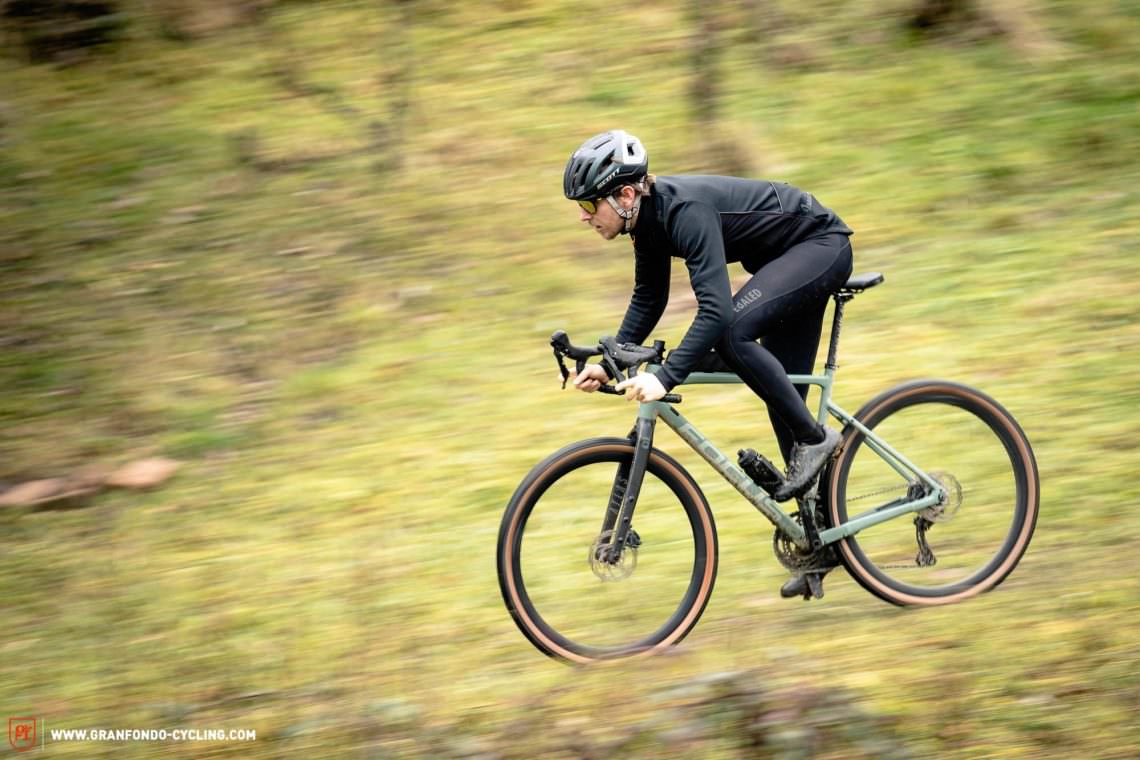
Did you enjoy this article? If so, we would be stoked if you decide to support us with a monthly contribution. By becoming a supporter of GRAN FONDO, you will help secure a sustainable future for high-quality cycling journalism. Click here to learn more.
Words: Photos: Rudolf Fischer







